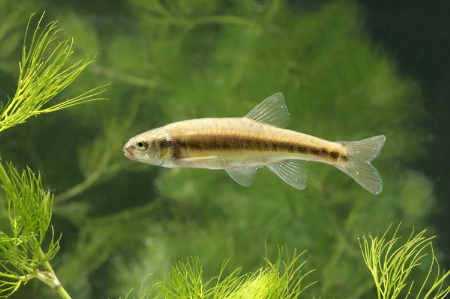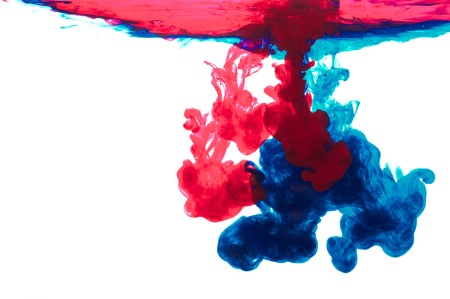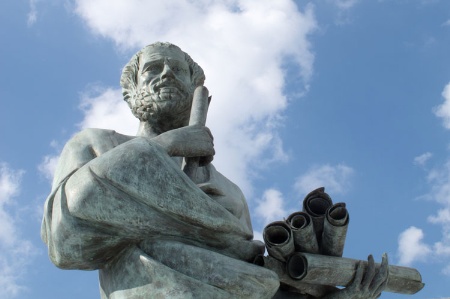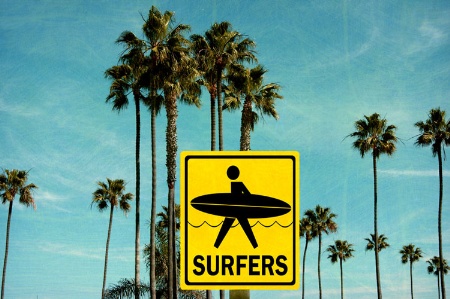The California Institute of Technology (Caltech) has been top of the Times Higher Education World University Rankings for the past three years and has produced 32 Nobel Laureates in just 123 years.
The secrets of its remarkable success were explored in THE’s 6 February 2014 cover story, which attracted worldwide attention.
Here, Times Higher Education rankings editor Phil Baty gives his 10-point guide to the elements that make Caltech special.
1. It is very small

Some 249 students make up the freshman class of 2017 at Caltech (drawn from 5,535 applications). There is a total of just 977 undergraduate students, 1,204 graduate students, and an overall student-faculty ratio of 3:1.
This makes for an exceptional student experience, with students able to fully immerse themselves in the university’s research culture, and gain close access to star professors.
Caltech’s diminutive size also ensures an intense focus for its research activities, allowing it to concentrate abundant resources on core strengths and to encourage close collaborations between faculty across traditional disciplines.
Being tiny also gives Caltech a lean and flat management structure without the burdensome bureaucratic hurdles found elsewhere in world higher education. This ensures academics can get things done with relatively little pain and delay.
2. It is truly interdisciplinary

Being so small means that academic interdisciplinarity is a necessity at Caltech. With just 300 professorial faculty and around 600 research scholars, academic staff need to share resources, work together and work beyond traditional disciplinary silos to get things done. This has helped Caltech to pioneer new fields of research and stay ahead of competitors with ground-breaking discoveries.
A tightly packed campus also means that academics from different disciplines know each other, and the chance of an all-important serendipitous encounter over coffee is dramatically increased.
3. It hires scholars extremely carefully

With so few academics (some major fields such as information science and technology have little more than a dozen faculty) Caltech cannot afford to make mistakes when it hires - one bad apple could taint the entire barrel. Indeed, so careful is the institution in selecting its faculty that posts have been known to remain unfilled for several years.
Ares Rosakis, chair of the Division of Engineering and Applied Science, says: “We spend an enormous amount of time in making sure that we identify the best available and actually have the resources to attract them here.” Once faculty make it on to the payroll, they are given tremendous financial support.
4. It offers real freedom and strong support for junior faculty

While many universities may typically hire three or four junior faculty to compete for one senior post, Caltech, owing to its diminutive size, will hire just one - but it will choose them extremely carefully and give them all the support they need to succeed.
“Hiring has very little to do with salary,” says Ares Rosakis, chair of the Division of Engineering and Applied Science. “It has to do with the start-up packages. We make sure that until the tenure review process starts, junior faculty will not suffer because of a lack of money. They should win tenure on the basis of their intellectual capabilities”.
Such financial support liberates scholars from the stifling need to seek out grant after grant and the “publish or perish” culture of churning out papers. They are freed to aim high and take more risks, with potentially exciting rewards.
5. Senior administrators are active researchers

Caltech’s ninth president, Thomas F. Rosenbaum, who will arrive in July 2014, is not just the provost of the University of Chicago but is also a leading physicist. Currently the John T. Wilson distinguished service professor of physics at Chicago, he is a decorated and widely cited expert in the quantum mechanical nature of materials. His predecessor at the helm of Caltech, Jean-Lou Chameau, was a distinguished engineer. Division chairs are all also highly research-active, successful scholars.
As Ares Rosakis, chair of the Division of Engineering and Applied Science, points out: “You will not be respected by your faculty if you stop doing research because you will be considered an empty suit.”
6. Undergraduates are given real research opportunities

Under the “SURF” programme - Summer Undergraduate Research Fellowships - about 90 per cent of Caltech’s undergraduate students design and complete research projects with leading professors, often lasting three to four months.
Fiona Harrison, Benjamin M Rosen professor of physics and astronomy, says: “My philosophy is that you don’t really learn that much in lectures. You learn something when you have to do it - you get into a laboratory and while you may have taken a statistics class, now you actually have some real data and you really have to learn because you don’t have a textbook where you flip to the back to see what the answer is.”
7. Its management system is flat

The real power at Caltech lies in a very small executive committee - the Institute Academic Council - which is made up of the six division chairs, the provost and the president. It meets once a month, for a full day, and deals with the big issues, including hiring, promotions, salaries and funding priorities.
This means that there are few silos, and decisions tend not to get lost in a vast bureaucratic labyrinth that can exist within higher education institutions.
“When you have a good idea and get people convinced - the step from there to actually seeing it happen is actually very short,” says Markus Meister, Lawrence A. Hanson Jr. professor of biology. Meister still marvels, after 20 years at Harvard, at his ability to reach the provost on the phone and get a decision out of him.
8. It has persuaded some major philanthropists to part with large sums of money

Caltech’s endowment is $1.8 billion (£1.1 billion). Its most prominent benefactor is Gordon Moore, a Caltech PhD graduate and co-founder of the Intel Corporation which developed the microprocessor. In October 2001 it was announced that he had donated $600 million to Caltech - a record at the time.
Fiona Harrison, Benjamin M. Rosen professor of physics and astronomy, says: “That kind of funding is going to be increasingly important as the government is shrinking and becoming more conservative.”
9. Its research is resolutely focused on fundamental enquiry

While much of the funding for university research around the world is being increasingly focused on achieving prescribed social and economic outcomes, Caltech remains committed to allowing its scholars freedom to ask the fundamental, curiosity-driven questions. While riskier, such activity often leads to the most profound game-changing breakthroughs.
Steve Mayo, chair of the Division of Biology and Biological Engineering at Caltech, says the funding structure is like a “pyramid” - with a little funding for targeted, applied research at the top, but with the bulk of money, at the base, reserved for fundamental enquiry. “If you put all your money into targeted discoveries you degrade your research base and that is not advisable,” he says. “Some think that you can pick and choose the technologies that are going to be successful, but you just can’t do it.”
10. The whole system is based on trust

Caltech students’ Honor Code is just one sentence long: “No member of the Caltech community shall take unfair advantage of any other member of the Caltech community”. But this simple idea sets the tone for an amazing student experience, as students are truly seen as active partners in their own learning, trusted to collaborate on assessments and to take exams without any supervision - even at home, where they are expected to put down their pens after the allotted time.
Trust and collaboration also pervades the research culture, where junior faculty are given great freedom to work without constant scrutiny and the need to jump through multiple performance hoops, and where senior scholars work in close collaboration and academic and administrative silos are less common.
Read our feature on the secrets of Caltech’s success
Register to continue
Why register?
- Registration is free and only takes a moment
- Once registered, you can read 3 articles a month
- Sign up for our newsletter
Subscribe
Or subscribe for unlimited access to:
- Unlimited access to news, views, insights & reviews
- Digital editions
- Digital access to THE’s university and college rankings analysis
Already registered or a current subscriber?
